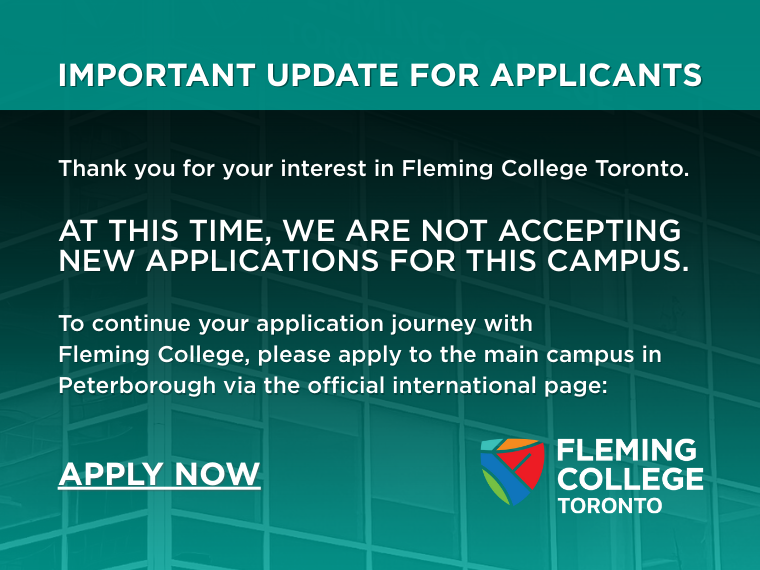IELTS Writing Task 2 - Why It's Simpler Than You Thought
- September 15, 2022
- Business

When it comes to IELTS Writing Task 2, one of the biggest problems that students have is that they must learn to write five distinct types of essays, and there is no way of knowing which type will be on a given test.
The five types include Opinion Questions; Discussion Essays; Advantages Disadvantages; Solution Essays; and Direct Questions, sometimes referred to as double question essays.
As you can imagine, mastering all these essay styles can be very time-consuming. However, there are some important similarities between the five types. Knowing about these similarities can help save you study time and get the band score that you need.
Write 250 words
For IELTS Writing Task 2, no matter the type of essay, you will always have to write 250 words or more. This means it is important to get used to writing this many words in 40 minutes, which is generally how long the task takes. Remember that quality is more important than quantity.
It is better to have 250 words that are thoughtful, well-organized, and grammatically correct than 400 words that are hard to understand.
Write Four Paragraphs
Every IELTS essay, no matter the type, needs four paragraphs: an introduction, two body paragraphs, and a conclusion. These paragraphs can have about 60 words each.
Writing four paragraphs will result in a thoughtful essay that demonstrates an understanding of organizational principles, which are important for a high band score.
If the essay has more than four paragraphs, the paragraphs will be too short, and your ideas will not be detailed enough. If the essay has fewer than four paragraphs, you will likely struggle to write a total of 250 words. Try to write a three-paragraph essay or a five-paragraph essay, and you will soon feel that four is the best option.
Write Three Ideas in Each Body Paragraph
There are many ways to write body paragraphs, but for the sake of simplicity, it is recommended you follow a simple formula: P.E.E.
P stands for point.
E stands for explain.
E stands for example.
Use the chart below to see how this formula works for every type of essay.
|
Essay Type |
Opinion |
Discussion |
Advantages and Disadvantages |
Solution |
Direct Question |
|
Point |
Introduce your reason |
Introduce view |
Introduce advantage or disadvantage |
Introduce the cause or solution |
Introduce your answer to the first or second question |
|
Explain |
Explain your reason |
Explain the viewpoint |
Explain the advantage or disadvantage |
Explain the cause or solution |
Explain your answer |
|
Example |
Give an example that supports your reason |
Give an example that illustrates the viewpoint |
Give an example that illustrates the advantage or disadvantage |
Give an example of the cause or solution in real life |
Give an example that illustrates your answer |
Easy, right? If you include these three ideas (point, explain, example), your paragraphs will be thorough enough to get a good band score on what the IELTS rubric calls, “Task Response.”
Remember that just because there are three ideas that there does not have to be only three sentences. Your “point” might be a short sentence, but your “example” might have two or three sentences. This, of course, depends on the question and your personal style.
Here is an example of P.E.E. in a body paragraph for a question about success:
Some people think that success is the best measure of intelligence. What is your opinion?
Success is not the best measure of intelligence because there are some intelligent people who are not successful. If an intelligent person grows up in a poor household in a developing country, they will have less opportunities than other people. For example, Christopher Langan, who has an IQ score of 195, did not become successful.
For more information on the IELTS scores needed for Fleming College Toronto programs, head over to the Language Requirements Page. For any other questions, please email info@flemingcollegetoronto.ca
Read more blogs
Client Profiles: Get to Know Your Ideal Audience
Learn about client profiles and how creating one can help your business grow.…
Treat Your Coworkers Like Customers
Learn why customer service skills are valuable for any job…
Achieve Academic Excellence with FCT ELB
Learn how FCT ELB will help you adapt to the Canadian education system and thrive in the classroom.…



